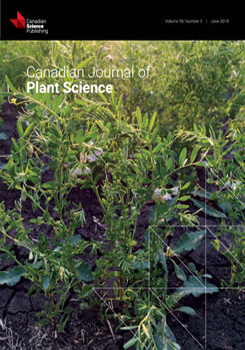Sea buckthorn (Hippophae rhamnoides L.) is used in beverages, pharmaceuticals, cosmetic products, and animal feeds. Although sea buckthorn has been shown to be easy to propagate vegetatively, currently, there is little information on reliable techniques to vegetatively propagate the plant repetitively within a single year. To address this, three experiments were conducted to study whether season and chilling affected the successful rooting of cuttings. Four cultivars, ‘Chuskaya’, ‘Golden Rain’, ‘Lord’, and ‘Sunny’, were used in the season- and chilling-effect experiments. Hardwood and softwood cuttings from field-grown plants did not root from October to December. The percent of rooted cuttings in January was cultivar-dependent. The number and percent of rooted greenhouse-produced cuttings were significantly affected by length of chilling. Most cuttings were produced and the highest percent rooted when the plants chilled for at least 6 wk. ‘Lord’ had the most and ‘Golden Rain’ the least number of rooted cuttings. This study indicated that greenhouse-grown stock plants were a viable source of sea buckthorn cuttings for vegetative propagation. When combined with field-grown sources, it is possible to produce sea buckthorn planting material year-round.
How to translate text using browser tools
17 November 2017
Repetitive vegetative propagation of first-year sea buckthorn (Hippophae rhamnoides L.) cuttings
Adam Dale,
Dragan Galić
ACCESS THE FULL ARTICLE
It is not available for individual sale.
This article is only available to subscribers.
It is not available for individual sale.
It is not available for individual sale.

Canadian Journal of Plant Science
Vol. 98 • No. 3
June 2018
Vol. 98 • No. 3
June 2018
argousier
chilling
cutting propagation
multiplication par boutures
refroidissement
sea buckthorn




